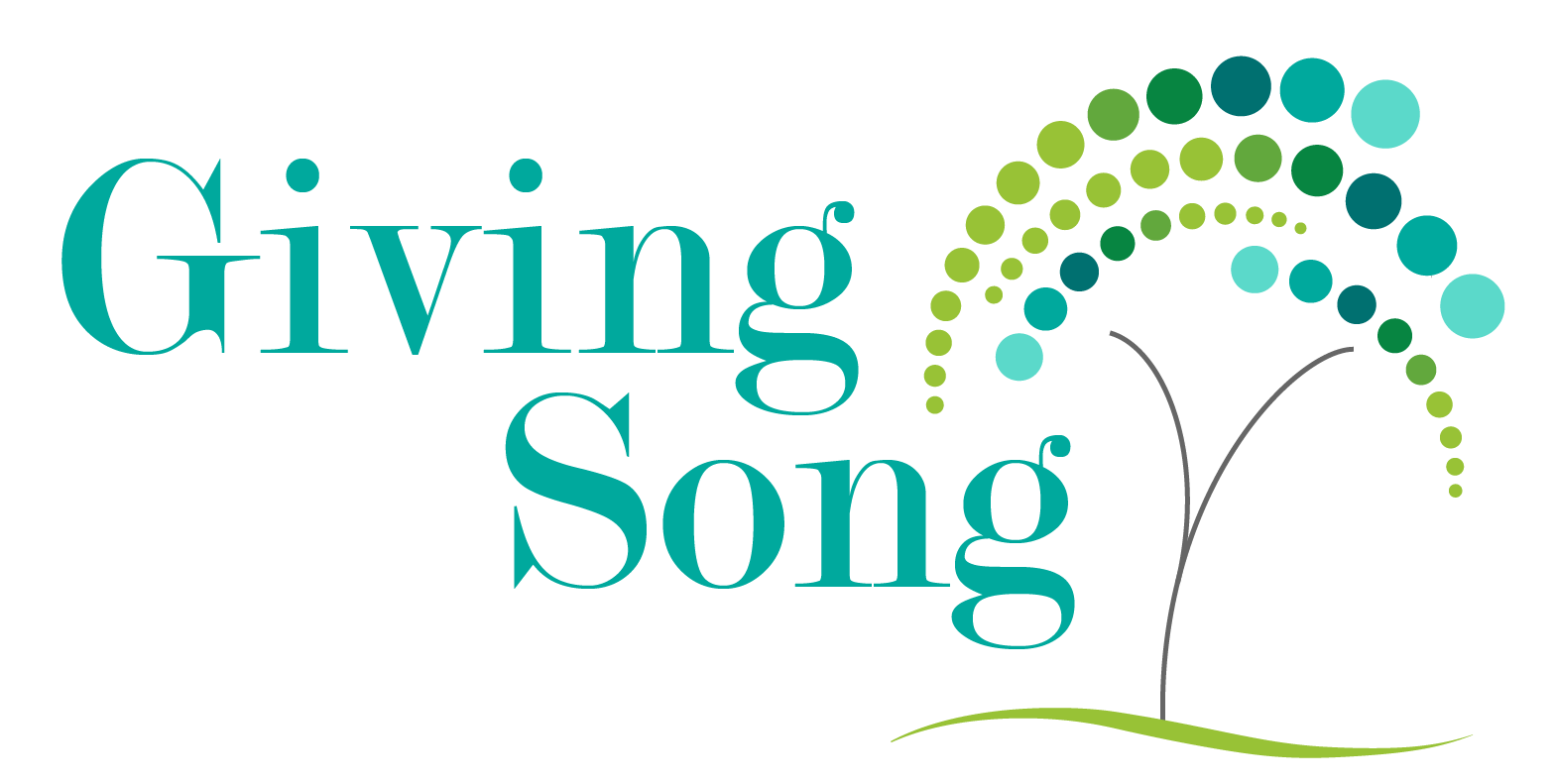So, what do I mean exactly by work/life balance? In an article titled “Work-Life Factors and Job Satisfaction among Music Therapy Educators: A National Survey” in Music Therapy Perspectives 2018 Volume 36, they state, “work-life factors are individual, organizational, and societal factors that influence work-life success and balance. Job characteristics such as wages, hours, and working conditions are considered work-life factors, as are personal characteristics like work ethic or sense of competence.
Read MoreChronic sleep deprivation (both short sleep and disturbed sleep) is a common factor in 20% of serious car accidents, and in every common cause of death including heart disease, cancer, diabetes, hypertension, alzheimer’s and immune dysfunction. Chronic sleep deprivation increases your risk by up to 45% for these common diseases. It is also a better predictor of developing type 2 diabetes than lack of physical activity. Inadequate sleep impairs brain functioning (memory, attention, decision-making, hand-eye coordination, calculation accuracy, logical reasoning and creativity.
Read MoreIt is becoming increasingly common that music therapists work with clients who are from other countries and cultural backgrounds. Music can play an important role in the culture of every client, so when preparing client-preferred music it’s important to be intentional about honoring different styles, genres, and languages of music that are client preferred in order to connect with your client and be most effective in therapy. This can be daunting at times, since you may not be able to speak the language, you don’t share the same background, or perhaps western instruments are not even capable of producing the same sounds and notes. This is where we have to get creative!
Read More"As music therapists, our bodies are our main tool for work. We depend on our voices, and our hands and often the line is blurred between “used” and “abused” to put it bluntly. It is so important to be mindful of how we may be causing harm to our voices, hands, backs, and every area of our body in the ways that we use them. I’m going to share 5 ways to tend to your body everyday and I strongly urge you to prioritize these wellness practices as an essential part of your music therapy practice. Just as you maintain your instruments, you must maintain yourself."
Read MoreWith all of this being said, I’ve still seen a tremendous amount of growth within most of the individuals that I serve- even through a screen. I do believe that some people respond better to this approach than others, but when it is all that you have, I’ve seen teachers, paraprofessionals, students and even myself, make the most of it!
Read MoreLet’s review our goals. We’ve addressed goals #1 and 2 to: define attachment and we’ve looked at the historical foundations for the modern attachment theory. Now let’s look at goal #3: Identifying and defining these attachment patterns (other secure and insecure attachment patterns). Let’s first start with Secure Attachment.
Read MoreI’m going to be going over some very basic and doable techniques for vocals, guitar and piano that will add some character and authenticity to your music performance. I’m no expert by any means……..but I want to give you some ideas from things that I’ve thought about and link you to teaching resources so that you can take your practice to the next level.
Welcome back to the conversation today. We are talking about wellness. I think a good place to start is by sharing our background with wellness. How did it look? Did our families talk about wellness and did we even know what it was or what it meant?
Read MoreI like sets of 3 so the formula we will use for this second half is 1) Awareness 2) Learning and 3) Intention. The first step in implementing effective trauma-informed care is awareness. This part is what we’ve already addressed. Awareness of the prevalence of trauma and awareness of those three main factors of predictability, connection and learning social and emotional skills. Now comes learning! This is where you look at effective strategies that can help in combating the effects of trauma for your clients, students and children.
Read More









